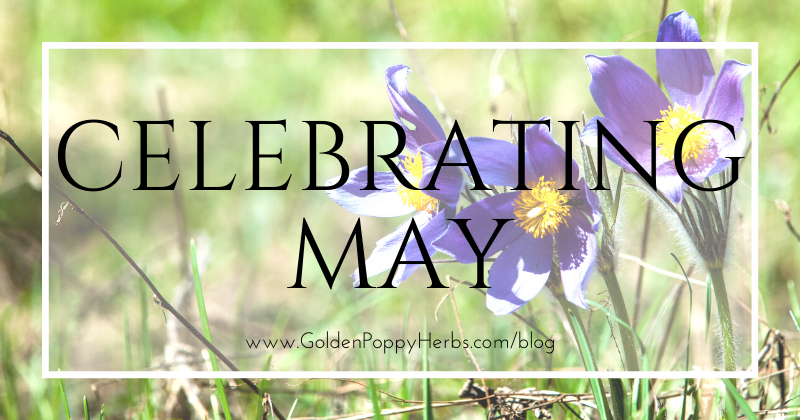“Queer things happen in the garden in May. Little faces forgotten appear, and plants thought to be dead suddenly wave a green hand to confound you.” ~ W.E. Johns
March often feels like a month of transformation, with the switch from Winter to Spring. We patiently flow through the last snow storms of April, knowing their moisture is a blessing, and arrive in the month of May, where collectively, our faith in the coming of summer is the strongest. After several years where drought has scorched our lands, we know that the moisture will brings us the water that will encourage sweet seedlings to emerge. We have faith that our hands will no doubt soon have dirt under our fingernails, and that time to tend to the earth is here.
We have faith that despite the fact there is undoubtedly one last snowfall event in May here in Colorado, that we know it is the last breath of winter, and that the longer, warmer days are here to stay. We have faith that all things green will now grow with immense strength and begin to share their magic and wisdom with us. We hold faith that our bare feet will soon be able to fully dance upon the green grass of the earth beneath us and that the songs of birds will become the full-time soundtrack of the outdoor world.
May Day, a sweet and traditional, though not official holiday, celebrates the beautiful plant beings and the full onslaught of the warmer months. Traditionally it is a day in which gift baskets are left for neighbors full of brightly colored flowers and sweet treats. It is a day where the energy of excitement for the abundance that lies ahead is shared by the whole community.
May Day coincides with a day deeply rooted in European cultures, the celebration of Beltane (also spelled “Bealtaine” in Modern Irish, “Bealtuinn” in Scottish Gaelic, and has in older times been spelled “Beltain” or “Beltene”). It is the first of the ancient fire festivals of the year. The purpose of this festival is to mark the halfway point between the first half of the year, and the second, and the belief was that this time marked a perfect balance between the light half of the year and the dark half.
Beltane is a day of profound energy, and the ritual bonfires that are ignited symbolize a celebration of the return of light and fertility. It also celebrates the abundance of life and the growth that is to come. The bonfires were an incredibly integral part of the festival, and it was believed that the smoke of the fires held sacred and protective qualities. Matter of factly, cattle were walked near the fires, where the smoke could engulf them, as a means of protection for their herds. Couples who wished to declare their intentions for marriage would hold hands as they leaped over the fire. And the ashes from the bonfires would eventually be scattered over crops to protect them as they grew.
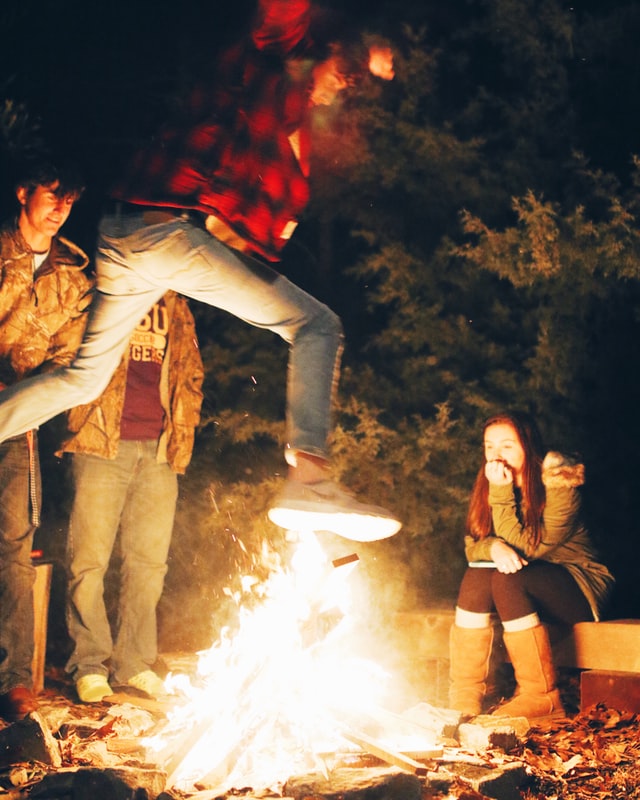
Traditional practices of this day also include such things as decorating homes with bright, particularly yellow flowers, offering the blood of cattle to the fairy mounds in an effort to appease them with the goal of decreasing their mischief on this day, and the decorating of thorn bushes with ribbons, shells, and flowers – the bushes were known as “May Bushes” and were so decorated as they were thought to be particularly important to the fairies.
Perhaps the most well-known tradition associated with May Day and Beltane is that of the May Pole. This was a pole that was adorned with brightly colored ribbons and flowers, placed in the center of a field where the people of the village would gather to weave a dance around it, dressed in bright colors. As they danced, they would sing and dance to express their joy at the coming of the growing and harvest seasons.

As we move into this month, and into the summer that will soon follow, we invite you to call upon the energy of this time. Where in your life might you make more room for merriment and joy?
We invite you to take the time to simply dance on this day, particularly with your feet upon the earth, and express gratitude to our beautiful plant allies for their food and medicine, their nourishment; and for the pure joy that is life.
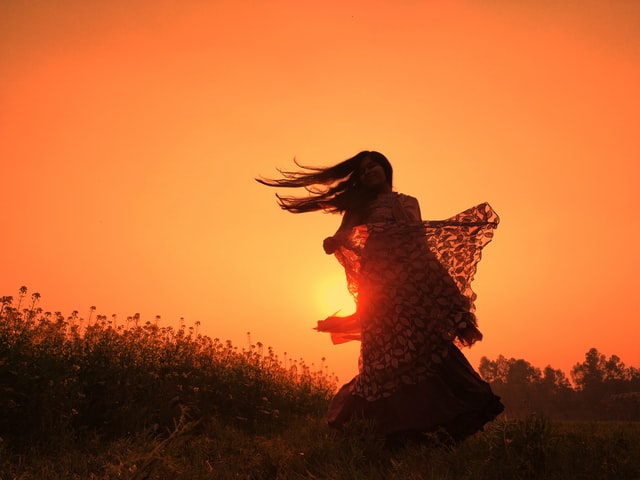
The Herbs of May
This is the time of year when the flowers really get going. Some of the first few to show their colorful faces are dandelions, violets, and members of the Crocus Family, one of our favorite being Pulsatilla, also called Wind or Pasque flower.
The energetics of these plants are all that of light, they impart feelings of joyousness, gentle breezes, and are soothing to the soul.
Dandelion flowers are edible and make a wonderful addition to spring salads. Their bright yellow color is full of antioxidants, and their slightly sweet and bitter tastes is perfect for moving the blood, lymph, and digestive system. The leaves are also edible, though often a bit more bitter than you may want, we love sauteeing them with a little bit of balsamic vinegar.
If you are harvesting dandelions, be absolutely sure you know the place you are gathering them from. As one of the most commonly hated ‘weeds’, they are very often hot-spots of chemical weed killers. So it’s best to only harvest from places you know have never been sprayed with chemicals.
Violets are also a deliciously delicate flower that can be added to salads, sprinkled into your water, or placed on top of sweet treats. They are considered to be a moist plant that helps the body hold on to more water, which is particularly helpful in dry climates or in people with drier constitutions.
Pulsatilla is one of our favorite anxiety remedies, however, it is not one to be used by the novice herbalist. They are a strong medicine and best in drop doses or in homeopathic form, certainly not something you want to sprinkle into your lunchtime nibbles.
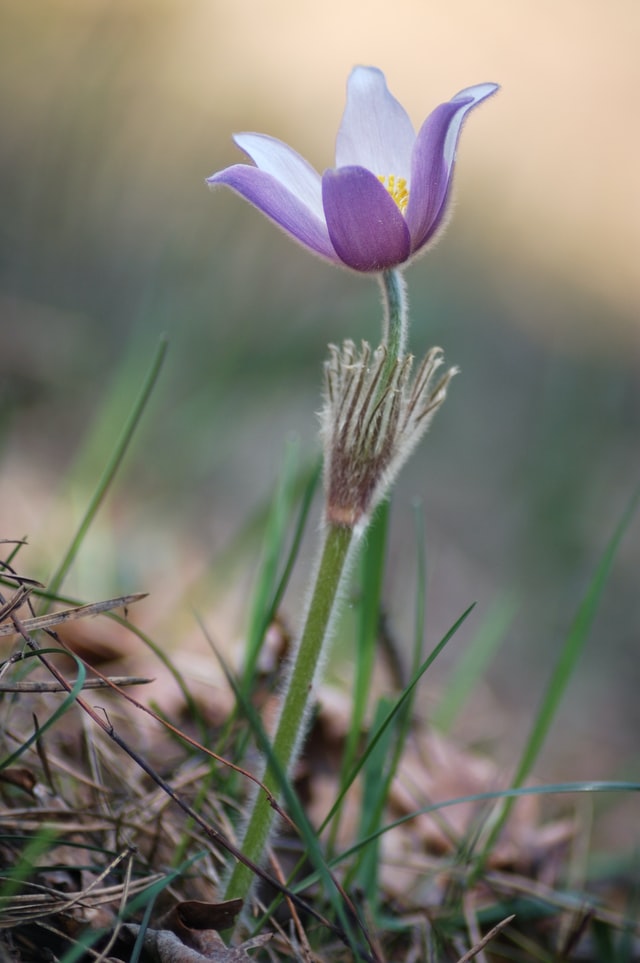
What other flowers are popping up near you this time of year? Are any of them edible or medicinal?
If you don’t have one yet, grab a copy of a guide to edible and medicinal plants in your region and start checking out what grows near you. But be mindful, we don’t suggest you begin to harvest or wild-craft plants until you’ve had some training in ethical harvesting. Our natural world is more delicate and more in danger every day due to human activities and it’s always best if you can grow your own or purchase from local growers vs. harvesting in the wild.
Leave us a comment below and tell us about your favorite spring flowers.
Sources:
- Mountain States Foraging – Briana Wiles
- Mountain States Medicinal Plants – Briana Wiles
- History.com Editors. “May Day.” History.com. 7 July 2020. Retrieved from: https://www.history.com/topics/holidays/history-of-may-day
- Ireland Calling. “Ancient Celtic festival Beltane.” Ireland Calling. 2021. Retrieved from: https://ireland-calling.com/beltane
- Róislín. “Bealtaine, Beltain, Beltene, or Beltane for May 1st? YES! Ba’al tine – NOT!” Irish Language Blog. 1 May 2009. Retrieved from: https://blogs.transparent.com/irish/bealtaine-beltain-beltene-or-beltane-for-may-1st-yes-ba%E2%80%99al-tine-%E2%80%93-not/
Browse by category
- Aromatherapy
- Astrology & Magic
- Ayurdeva
- Botany Foraging & Gardening
- Chakras
- Digestion
- Earth Connection
- Energetics
- Flower & Gem Essences
- Folk Traditions
- Herbalism & Holistic Health
- Immune Support
- Materia Medica
- Mushrooms
- Nutrition
- Seasonal Living: Autumn
- Seasonal Living: Moon
- Seasonal Living: Spring
- Seasonal Living: Summer
- Seasonal Living: Winter
- Skin & Body Care
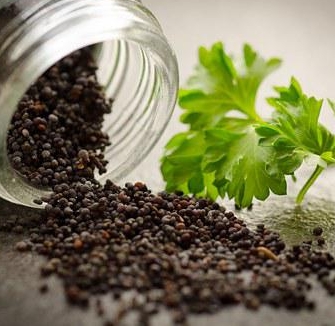
Don’t Miss a Thing!
Enter your email below to be the first to know about sales, new products and tips for taking care of your pieces.


